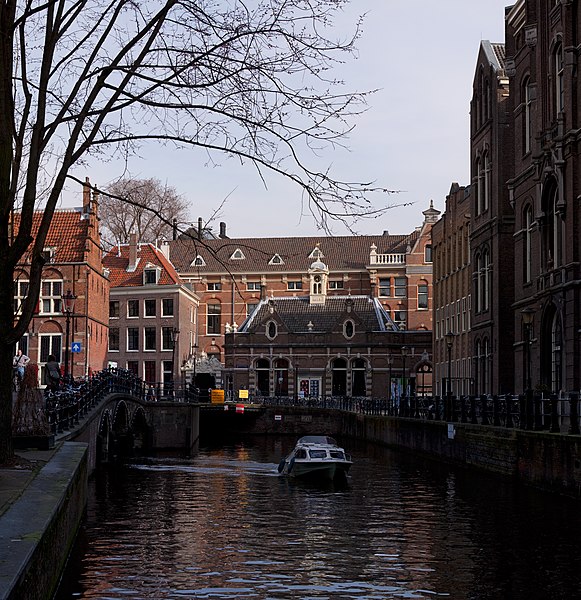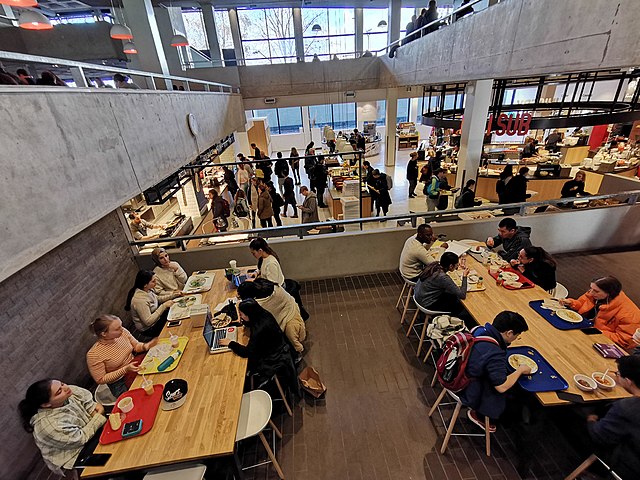The University of Amsterdam is a public research university located in Amsterdam, Netherlands. Established in 1632 by municipal authorities, it is the fourth-oldest academic institution in the Netherlands still in operation.
Caspar Barlaeus
The Anatomy Lesson of Dr. Nicolaes Tulp by Rembrandt shows an anatomy lesson taking place in Amsterdam in 1632, the year the university was founded. Nicolaes Tulp is considered one of the forefathers of the Faculty of Medicine.
Buildings of the University of Amsterdam. The front building houses the Academic Club of the university
The Faculty of Science at Science Park
Vrije Universiteit Amsterdam
The Vrije Universiteit Amsterdam is a public research university in Amsterdam, Netherlands, being founded in 1880. The VU Amsterdam is one of two large, publicly funded research universities in the city, the other being the University of Amsterdam (UvA). The literal translation of the Dutch name Vrije Universiteit is "Free University". "Free" refers to independence of the university from both the State and the Dutch Reformed Church. Both within and outside the university, the institution is commonly referred to as "the VU". Although founded as a private institution, the VU has received government funding on a parity basis with public universities since 1970. The university is located on a compact urban campus in the southern Buitenveldert neighbourhood of Amsterdam and adjacent to the modern Zuidas business district.
Bust of Abraham Kuyper, founder of the VU, in the Main Building.
Former Chemistry Laboratory (1932) at De Lairessestraat.
The upper floors of the Main Building's eastern wing, housing library stacks and showing the university emblem.
The main building has an inhouse restaurant serving pizzas, pasta, sandwiches and soup








